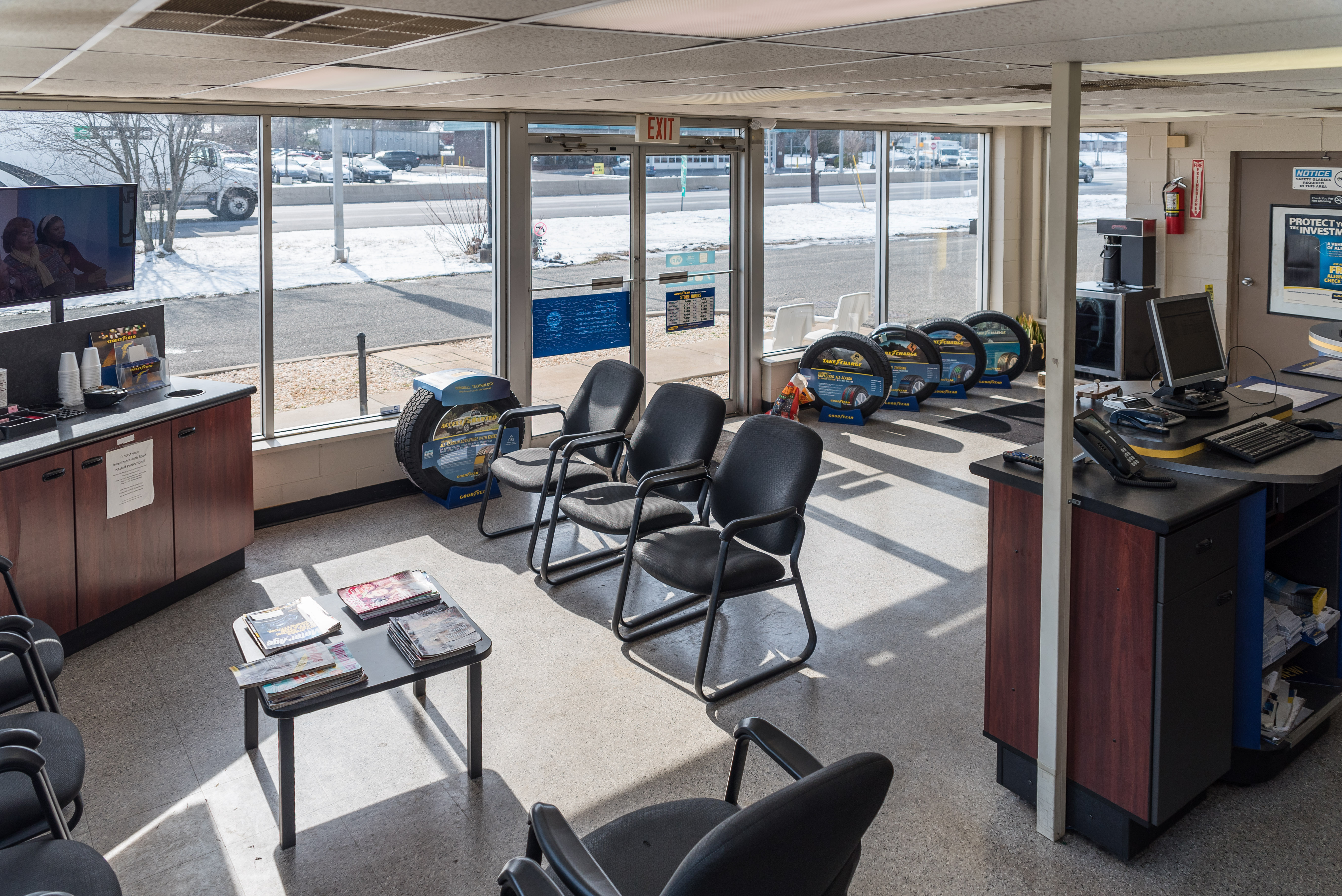The quality of work being delivered to customers was very high, but complaints were coming in due to residual issues. These complaints would negate all the positive core work that had been performed. For example, a customer could spend $1,000 for repairs on their vehicle, then get in their car, move their hand over the steering wheel, and feel the grease that the technician left behind. The customer would then forget about how well their car drove and focus on the greasy steering wheel.
Over a period of two days, owner of Golden Rule Auto Care and service writer, Chris Cloutier, inspected every completed, serviced vehicle for the following residual issues:
- Is there grease on the hood, door, steering wheel, console, etc.?
- Are check engine or warning lights on?
- If an oil change was performed, are lights reset and sticker placed in windshield?
- Are tools left in the vehicle?
- Is the work completed and the vehicle fully reassembled?
- Are all caps put back on?
- Are all belts and hoses tightened?
- Are all fluids filled up?
- Are the tires properly inflated?
Chris found that 80% of the vehicles he inspected had one or more of these issues. He presented the data to his team, and decided something had to change; he needed to implement a quality control process.
Solution
Quality control is a process followed by nearly all Fortune 500 companies to ensure that top quality work and performance are met on every single product and service. With his software engineering background, Chris applied the practice of quality control from the software industry to the auto repair industry. Software is not released until a separate team or person reviews and tests it for bugs.
- Every vehicle was to be inspected and wiped down by someone at the front counter.
- If a vehicle had driveability work performed, a counter person would perform another test drive and complete the quality control inspection.
- The results were to be captured in a monthly report for employees to see the effectiveness of their new quality process.
- Golden Rule Auto Care wanted to celebrate the fact that they were finding the issues vs. the customer but also wanted to make sure the technicians were not using the quality control process as a crutch to not properly complete their jobs.
- The customer would be informed about the process as an added advantage to the shop and invited to observe or even participate in the quality control inspection.
Since initiating the quality control process, Chris has created a quality control checklist in autotext.me.
Return
There are many benefits to implementing a quality control process, with the primary benefit of simply delivering the vehicle to the customer in the condition they expected and paid for with no residual issues. Further benefits of quality control include the following:
- Customer Retention – Customers will keep coming back, knowing that they received top quality service the first time and every time they visit your shop. Loyal customers are worth 10 times their initial visit. It is 6-7 times more expensive to acquire a new customer than it is to keep an existing one.
- Positive Reputation – It takes 12 positive consumer experiences to make up for one bad consumer experience. Consumers are likely to tell 10-15 people about their bad experience.
- Add-on Sales – A service writer/counter person may notice something that was originally not written up, such as a past due oil change sticker that a technician missed, which can lead to add-on sales.
Statistics
- Quality control time without drive time: 5 to 10 minutes
- Quality control time with drive time: 15 to 20 minutes
- Golden Rule Auto Care’s average: 12 minutes
- KPI or goal for Golden Rule Auto Care’s QC issues per month: 10% or less
- This year, they have run as high as 25% and as low as 9% per month.
- Most common issue found at Golden Rule Auto Care: grease on handle, door panel, seat, console, floor, kick plate, etc.
- Second most common issue found: fluids not full
- A few recent technician mistakes that the shop found vs. the customer:
- Intake boot under upper radiator hose was disconnected and pressed against exhaust manifold…melting & smoking.
- Vehicle started leaking a large amount of coolant due to incorrect installation.
- Positive battery terminal not fully tightened.
- Scanner still plugged in (these can get expensive to give away!)
Summary
We all make mistakes, but isn’t it better that we find them before our customers do?
This guest post is by Chris Cloutier. Chris is co-owner of Golden Rule Auto Care, a family-owned auto repair shop located in Rowlett, Texas, and created an innovative solution to solving workflow bottlenecks and wasted rack time caused by communication delays. Chris designed autotext.me, a workflow, communications, digital vehicle inspection, and quality control web-based tool that increases shop efficiency and productivity. As a software developer, technologist, and creator of the Shop Technology Timeline, Chris is passionate about continuous improvement and helping the auto repair industry by offering simple solutions that help automate and streamline manual, everyday processes.

Are you interested in writing for the RepairPal blog, “Modern Shop Owner”? Please contact us at pr@repairpal.com.
Not RepairPal Certified yet? Contact us to learn more about the advantages of being RepairPal Certified!



